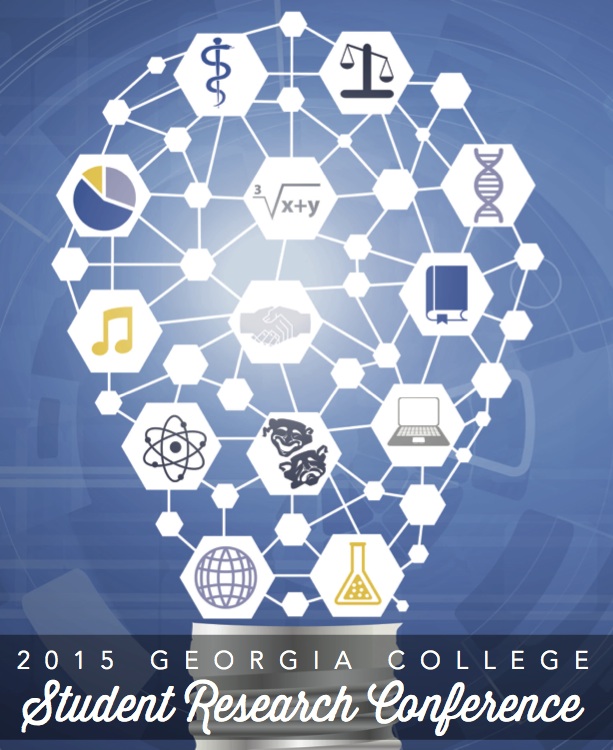Analytical Methods for the Detection of Pharmaceutical Pollution of Surface Water in Georgia Using GC/MS
Abstract
Numerous literature sources state evidence of pharmaceuticals in drinking water systems across the nation. The pharmaceuticals have yet to be connected with harming humans but signs of distress to aquatic life are reported1. The two main classes of pharmaceuticals present are hormones and antidepressants. These compounds can be present in human waste after the consumption of pharmaceuticals, which leads to the contamination of sewage. Although wastewater is treated by sewage treatment facilities there are minimal methods for removing pharmaceutical byproducts, which increase the potential for contamination of surface water areas such as lakes and rivers.2 A collaborative group of undergraduates from various disciplines at Georgia College are monitoring and analyzing surface water in middle Georgia for xenoestrogens. Currently, the main focus of the project is to develop analytical procedures for GC/MS analysis to compare with previously obtained HPLC results. The presentation summarizes the experimental design and preliminary results of the GC/MS analysis. 1June 2011, Drugs in the Water, Harvard Health Letter, http://www.health.harvard.edu/newsletters/Harvard_Health_Letter/2011/June/drugs-in-the-water (July 31, 2014) 2Xiao Xiao-Yao, McCalley V. David, McEvoy James. Analysis of estrogens in river water and effluents using solid-phase extraction and gas chromatographyÐnegative chemical ionization mass spectrometry of the pentafluorobenzoyl derivatives. Elsevie. [online] 2001, 195-203.
Session Name:
Poster Presentation Session #1 - Poster #29
Start Date
10-4-2015 11:30 AM
End Date
10-4-2015 12:15 PM
Location
HSB 3rd Floor Student Commons
Analytical Methods for the Detection of Pharmaceutical Pollution of Surface Water in Georgia Using GC/MS
HSB 3rd Floor Student Commons
Numerous literature sources state evidence of pharmaceuticals in drinking water systems across the nation. The pharmaceuticals have yet to be connected with harming humans but signs of distress to aquatic life are reported1. The two main classes of pharmaceuticals present are hormones and antidepressants. These compounds can be present in human waste after the consumption of pharmaceuticals, which leads to the contamination of sewage. Although wastewater is treated by sewage treatment facilities there are minimal methods for removing pharmaceutical byproducts, which increase the potential for contamination of surface water areas such as lakes and rivers.2 A collaborative group of undergraduates from various disciplines at Georgia College are monitoring and analyzing surface water in middle Georgia for xenoestrogens. Currently, the main focus of the project is to develop analytical procedures for GC/MS analysis to compare with previously obtained HPLC results. The presentation summarizes the experimental design and preliminary results of the GC/MS analysis. 1June 2011, Drugs in the Water, Harvard Health Letter, http://www.health.harvard.edu/newsletters/Harvard_Health_Letter/2011/June/drugs-in-the-water (July 31, 2014) 2Xiao Xiao-Yao, McCalley V. David, McEvoy James. Analysis of estrogens in river water and effluents using solid-phase extraction and gas chromatographyÐnegative chemical ionization mass spectrometry of the pentafluorobenzoyl derivatives. Elsevie. [online] 2001, 195-203.



